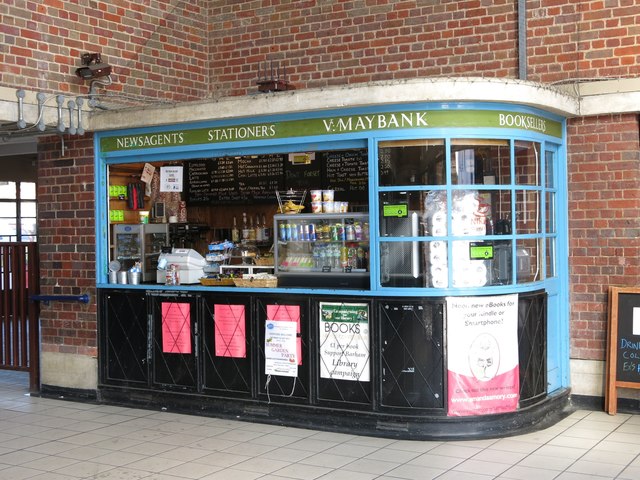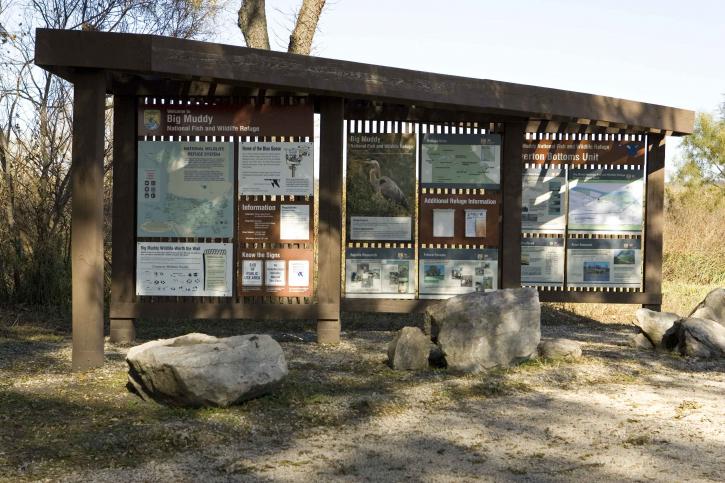Kiosk
Contents |
[edit] Introduction
There are several different uses for the term kiosk. The original meaning is associated with a light, open pavilion with pillars. These structures were commonly found in Turkey and Iran and were later adapted in Europe, where they made their way into gardens (as gazebos) or parks (as bandstands).
[edit] History
The early kiosks were introduced during the Seljuk Empire (from approximately 1000). Originally, the kiosk served as a small building with open arches. These were sometimes attached to larger mosques. These structures grew in size and significance over the years. They gradually became opulent, open sided retreats for Turkish rulers. This novel building type was adopted by various heads of state throughout Europe in the late 1600s.
[edit] Sales kiosks
In modern times, the term kiosk is used to describe small shops selling newspapers, food or other products or services. They tend to be limited in terms of space, only suitable for one or two people to stand inside.
Kiosks are sometimes permanent, but they can also be temporary, stand alone booths for sales and marketing purposes. Their location is usually determined by the level of pedestrian traffic that tends to pass through an area.
[edit] Unstaffed kiosks
The earliest unstaffed kiosks appeared in the 1970s. Created by a university student named Murray Lappe, they allowed users to find general information (such as courses, campus maps, telephone directories, bus schedules and so on).
'Self-service' kiosks may include low-tech guidance in the form of photographs, takeaway flyers or written explanations (as in museums or parks), or more recently, digital information shown on screens. Early self-serve kiosks often looked like telephone booths.
Modern interactive kiosks can offer information, but they can also generate tickets, provide directions, assist with customer service inquiries, initiate employment applications, dispense money, pay bills, purchase postage and so on. Some catering outlets use interactive kiosks to take customer orders.
Interactive medical kiosks are being placed in hospitals and other medical facilities so clients can update personal information, make and check in for appointments and conduct basic wellness checks.
Other types of kiosks include:
- Internet access kiosk.
- Visitor management and security kiosk.
- Building directory and wayfinding kiosk.
- Library kiosk.
- Travel check in kiosk.
- Catalog shopping kiosk.
[edit] Related articles on Designing Buildings Wiki
Featured articles and news
Delivering for tenants; National Retrofit Hub
New report offers recommendations to strengthen energy efficiency standards to protect private renters.
Government consultations for the summer of 2025
A year of Labour, past and present consultations on the environment, the built environment, training and tax.
CMA competitiveness probe of major housing developers
100 million affordable housing contributions committed with further consultation published.
Homes England supports Greencore Homes
42 new build affordable sustainable homes in Oxfordshire.
Zero carbon social housing: unlocking brownfield potential
Seven ZEDpod strategies for brownfield housing success.
CIOB report; a blueprint for SDGs and the built environment
Pairing the Sustainable Development Goals with projects.
Types, tests, standards and fires relating to external cladding
Brief descriptions with an extensive list of fires for review.
Latest Build UK Building Safety Regime explainer published
Key elements in one short, now updated document.
UKGBC launch the UK Climate Resilience Roadmap
First guidance of its kind on direct climate impacts for the built environment and how it can adapt.
CLC Health, Safety and Wellbeing Strategy 2025
Launched by the Minister for Industry to look at fatalities on site, improving mental health and other issues.
One of the most impressive Victorian architects. Book review.
Common Assessment Standard now with building safety
New CAS update now includes mandatory building safety questions.
RTPI leader to become new CIOB Chief Executive Officer
Dr Victoria Hills MRTPI, FICE to take over after Caroline Gumble’s departure.
Social and affordable housing, a long term plan for delivery
The “Delivering a Decade of Renewal for Social and Affordable Housing” strategy sets out future path.
A change to adoptive architecture
Effects of global weather warming on architectural detailing, material choice and human interaction.
The proposed publicly owned and backed subsidiary of Homes England, to facilitate new homes.
How big is the problem and what can we do to mitigate the effects?
Overheating guidance and tools for building designers
A number of cool guides to help with the heat.
The UK's Modern Industrial Strategy: A 10 year plan
Previous consultation criticism, current key elements and general support with some persisting reservations.
Building Safety Regulator reforms
New roles, new staff and a new fast track service pave the way for a single construction regulator.



























